In this article
View 8 More +The Sarabi is a giant livestock guardian dog. Weighing up to 200 pounds, they are quite a sight to see. With such a powerful and intimidating appearance and a history of protecting its owners and property, you might think that the Sarabi would earn a spot on the most dangerous dog list. While these big pups will do their part in guarding their home, they can make fantastic pets.
Read on to learn more about the Sarabi dog and its care requirements.
Breed Overview
Height:
28–35 inches
Weight:
110–200+ pounds
Lifespan:
12–15 years
Colors:
Fawn, sable, black
Suitable for:
Experienced, firm dog owners with large yards
Temperament:
Intelligent, independent, affectionate, calm, controlled
The Sarabi dog gets its name from the area of the world it originates from, Sarab County, an East Azerbaijan province in Iran. Local shepherds have used this breed for centuries to protect their herds of sheep and goats from predators like bears and wolves. The Sarabi was also highly revered as a hunting dog.
Sarabi Dog Characteristics

Sarabi Dog Puppies
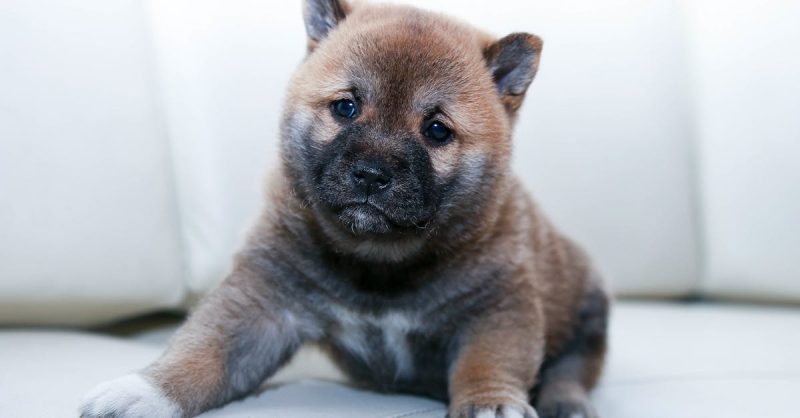
The Sarabi is an extremely rare breed, so getting your hands on a puppy may prove to be difficult. Some sources even go as far as claiming the Sarabi is extinct. The American Kennel Club does not recognize this breed, so finding a breeder isn’t going to be easy—if any exist at all. We were unable to find any US-based Sarabi dog breeders in our research.
You may have luck finding a Sarabi at your local shelter, as this extremely large dog isn’t suitable for many families and may find its way into a rescue when its owners realize they cannot care for it.

Temperament & Intelligence of the Sarabi Dog 🧠
The Sarabi dog has a long history as a guardian dog, so it should be no surprise that this breed is extremely loyal, protective, and alert. It is loving toward its family members but can be weary and suspicious around strangers. This powerful breed is unafraid of putting itself between danger and its beloved family members.
They form strong attachments to their families and can be a great hunting buddy if you need help tracking and retrieving game.
Are These Dogs Good for Families?🏡
The Sarabi can be a good family pet, but its size makes it a better fit for households with older children. These dogs can grow to be over 200 pounds, so you can imagine the damage they could do to younger kids who don’t yet know boundaries. Even a perfectly timed happy tail wag could send a toddler for a tumble.
The Sarabi can thrive in homes with older kids and teens. It bonds strongly with its family members, making it a fantastic companion. Since it has a much longer lifespan than most other giant breeds, the Sarabi dog will provide many years of camaraderie.
Does This Breed Get Along with Other Pets? 🐶 😽
The Sarabi can get along with most dogs, provided they are given a slow and proper introduction. This is not the right breed for you if you have cats, small dogs, or other similarly sized animals in the home. Sarabi dogs have a high prey drive and will see your other pets as prey.
It may be possible to share the house with smaller animals if they are raised from a young age together, but we wouldn’t take the risk.
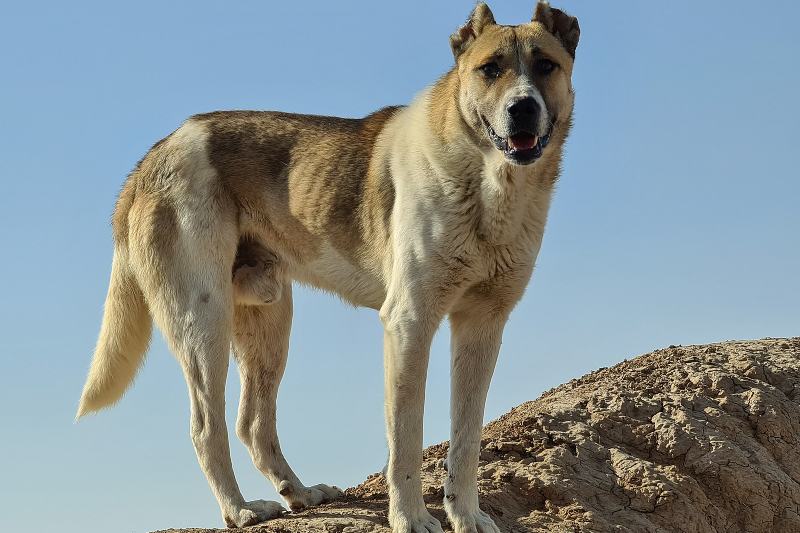

Things to Know When Owning a Sarabi Dog
Food & Diet Requirements 🦴
While a proper diet is essential for any dog, regardless of breed or size, it’s even more important for extra-large breeds like the Sarabi. These dogs have much energy and are very active but watching the food portions you’re providing is important. Too much food can cause obesity, even if your dog burns a lot of calories during exercise. Obesity can lead to various secondary issues, like diabetes and heart disease.
Giant breed puppies have special dietary needs, so they should be fed a large-breed-specific puppy diet until they’re one or two years old. After that, we recommend consulting with your vet to determine the best diet for your adult Sarabi.
Exercise 🐕
The Sarabi needs a lot of exercise to be a healthy and well-behaved dog. This working breed will store a lot of pent-up energy if it doesn’t have an outlet for it. Sarabi dogs without proper exercise will become bored and destructive, and we’re sure you can imagine how much damage a dog of this size can do.
At a minimum, it must be taken for daily walks for mental and physical stimulation. It will benefit both you and the pup if you have a fenced yard for it to play in, too.
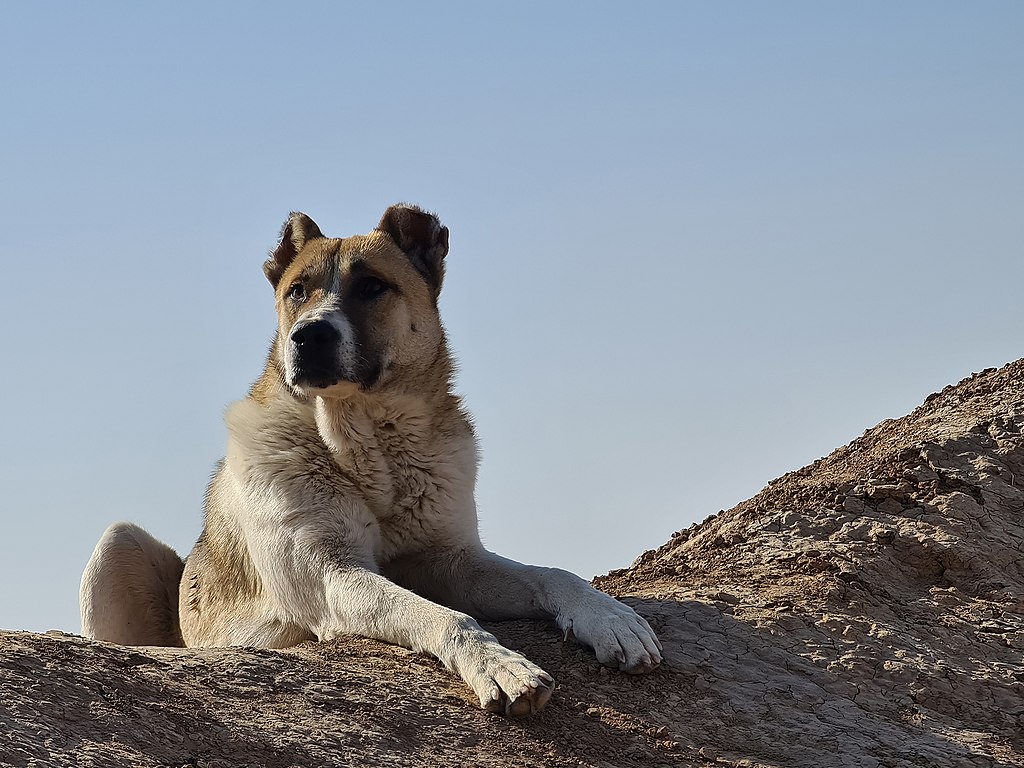
Training 🎾
Training a Sarabi dog is an absolute non-negotiable. A dog of this size with this power needs to be trained and socialized as soon as possible. Unfortunately, training this breed is not easy as they are naturally independent. A Sarabi needs a patient and firm leader, so this is not a dog to adopt if you’re a first-time dog owner or inexperienced with large, independent breeds.
Grooming ✂️
The Sarabi can have a dense short or medium-length coat. It sheds moderately, so you brush it often to keep shedding under control. You can use a slicker brush to go over its body to remove any loose hair and dirt. The Sarabi will need baths every 8 to 8 weeks to maintain healthy skin and coat and nail trimmings to prevent toe and foot damage.
Health and Conditions 🏥
The Sarabi is a relatively healthy breed, especially considering its size and long lifespan. Most large breed dogs only live between 8 and 11 years, whereas the Sarabi dog’s lifespan is generally 12-15 years. That said, there are some conditions that the Sarabi may be prone to.
Hip dysplasia and bloat are two conditions commonly seen in larger dogs. Hip dysplasia is an inheritable disease that can be very painful and lead to arthritis. It is a treatable condition, especially if you seek treatment immediately, as any delays can cause irreversible damage.
Bloat is often seen in large dogs with broad chests. This condition causes air to become trapped in the stomach and stops blood from the hind legs and abdomen from reaching the heart. This reduces a dog’s working blood volume and can send it into shock. Bloat is a very serious medical emergency that requires immediate veterinary care.
As with many large dog breeds, the Sarabi may be prone to obesity. This is why it’s so important to feed it a healthy diet and ensure it’s getting the right amount of exercise.
- Hip dysplasia
- Progressive retinal atrophy
- Bloat
- Obesity
Male vs Female
The biggest difference between male and female Sarabi dogs is their size. The male typically falls between 32 and 35 inches in height and 140 and 200 pounds, while females are between 28 and 32 inches high and 110 and 150 pounds.

3 Little-Known Facts About the Sarabi Dog
1. The Sarabi dog is a molosser breed.
The term “molosser” refers to a group of working dogs with similar ancestry. They were used throughout history to guard and protect livestock and property, though ancient Greek tribes most commonly kept them. Other molosser breeds include Cane Corsi, Great Danes, Mastiffs, and Shar Peis.
2. The Sarabi dog is one of the most powerful breeds from Iran.
The Sarabi originates in Iran and has been used there for hundreds of years to guard livestock. It’s one of the most powerful indigenous dog breeds from Iran.
3. Sarabi dogs are often used in dog fighting rings.
The Sarabi dogs’ size and power are useful for protecting their family members and guarding their home. Unfortunately, these traits make it desirable for use in dog fighting rings. This unethical and disgusting bloodsport turns game and fighting dogs against one another, often to the death. Though the “sport” is illegal throughout much of the world, it is still legal in several countries.

Conclusion
The Sarabi is a giant dog breed hailing from Iran. They were born and bred to be guardians, so they naturally make fantastic guard dogs. Their size makes them a force to be reckoned with, as they will stand their ground and stop at nothing to protect their humans. Unfortunately, this means that the Sarabi doesn’t take well to strangers.
The Sarabi is an incredibly rare breed, however, so finding one to adopt may prove to be nearly impossible. Therefore, if you have your heart set on the Sarabi, you might be better off trying to find a similar breed instead. The Kangal is probably the most similar breed, though the Cane Corso is another great option.
Featured Image Credit: Keyur Trivedi, Shutterstock
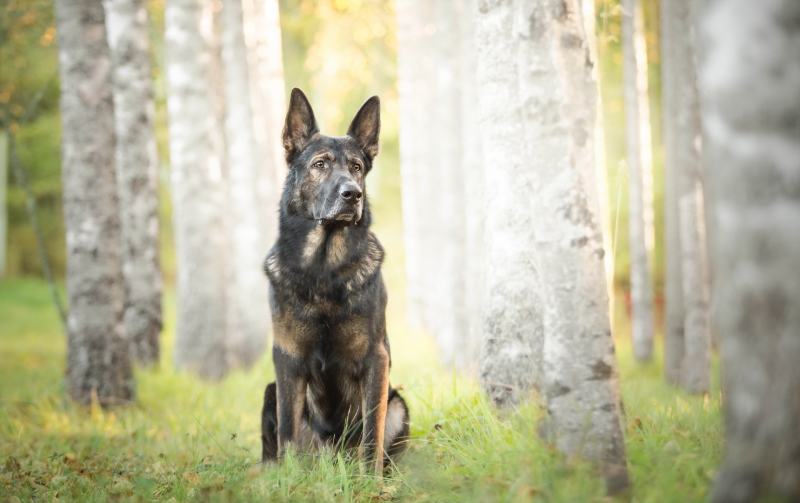

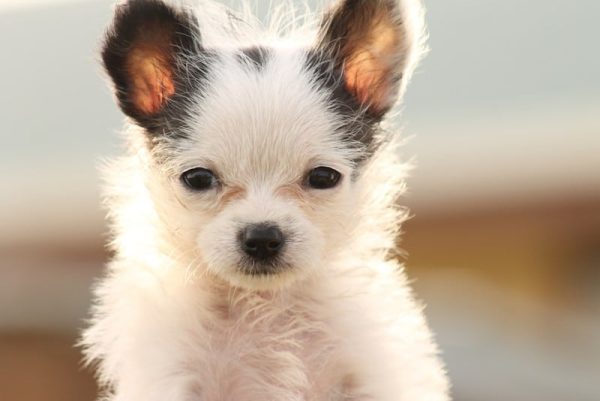
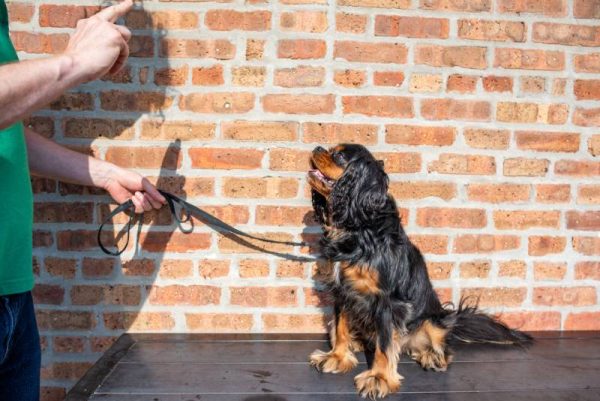
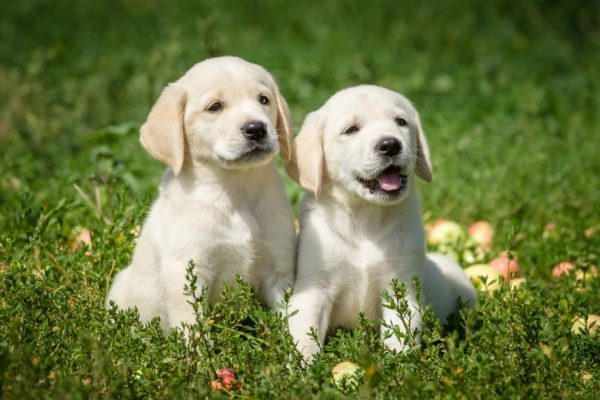
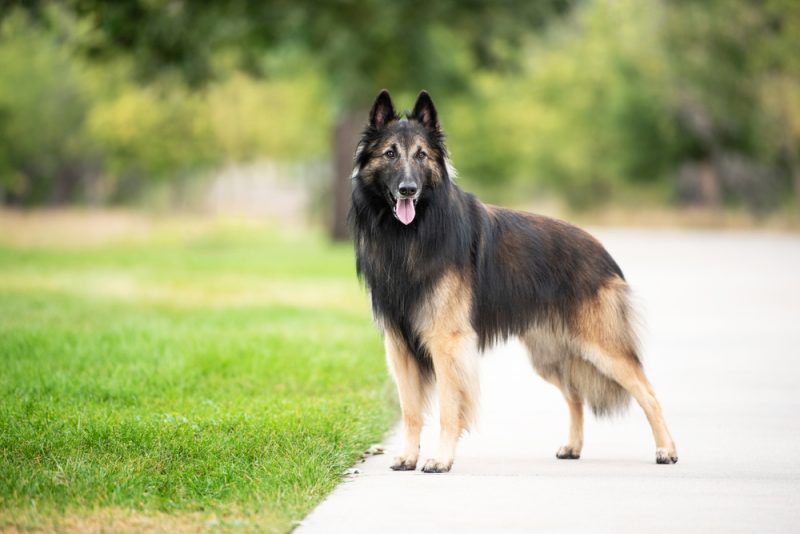
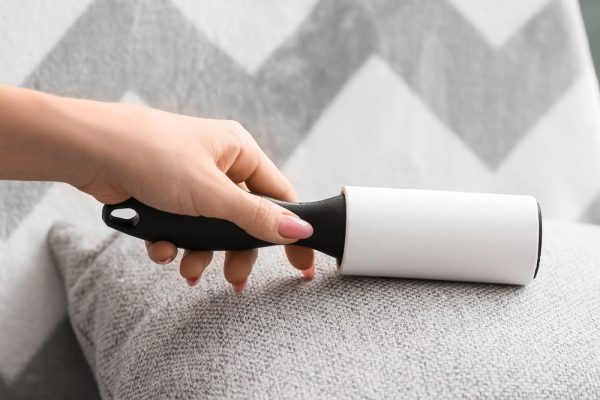
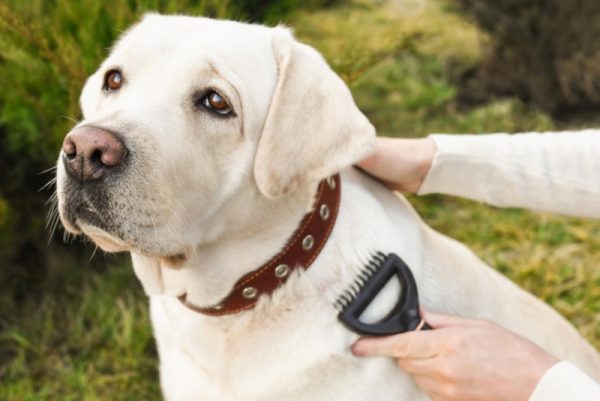
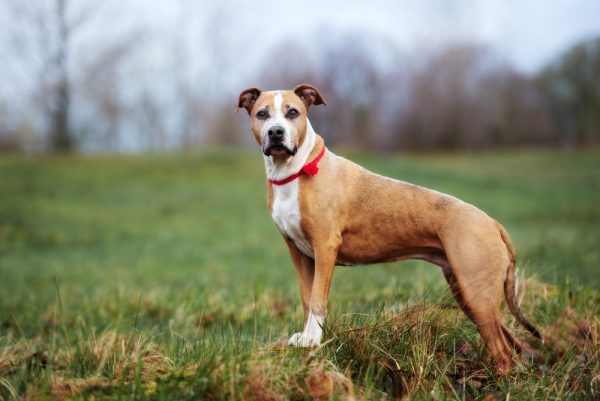
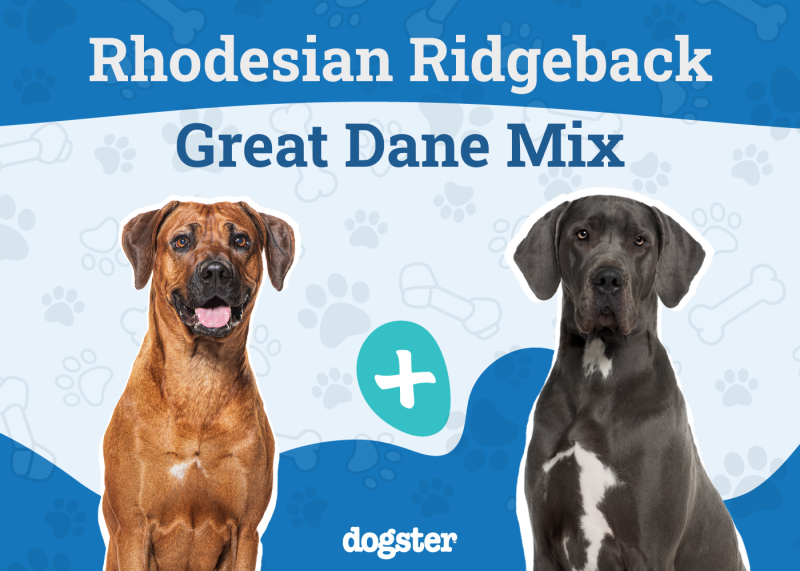
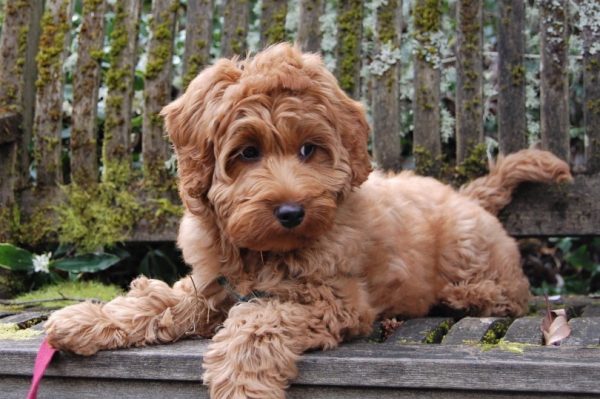
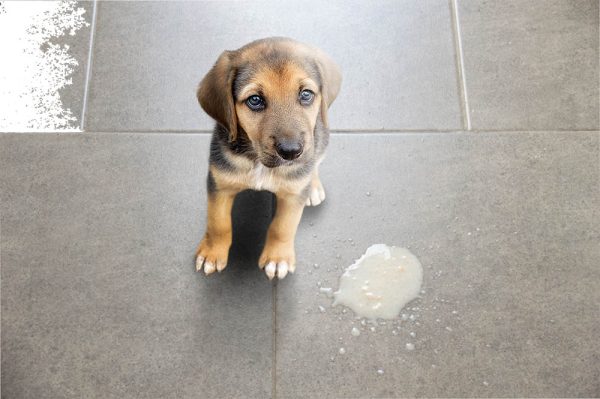

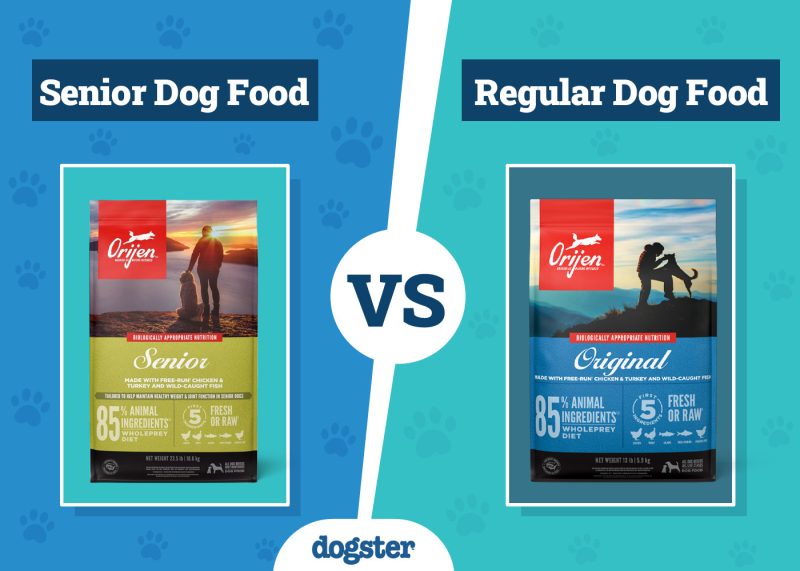

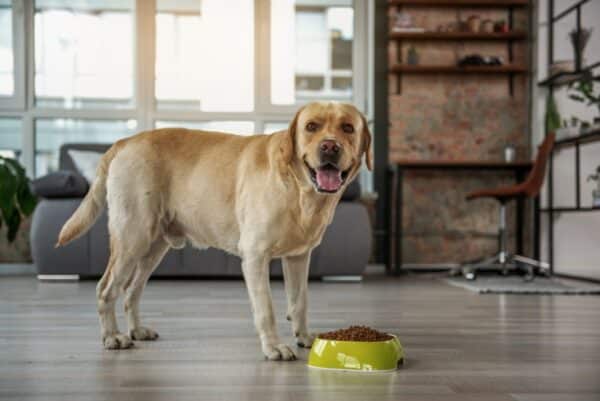



2 Responses
من به عنوان یه ایرانی از شما تشکر میکنم بابت تویح و معرفی سرابی. و اینکه تو ایران هست و منقرض نشده
Hello,
thank you very much for your lovely message. We are very happy that you liked our article and that it made you happy.
Have a blessed day!